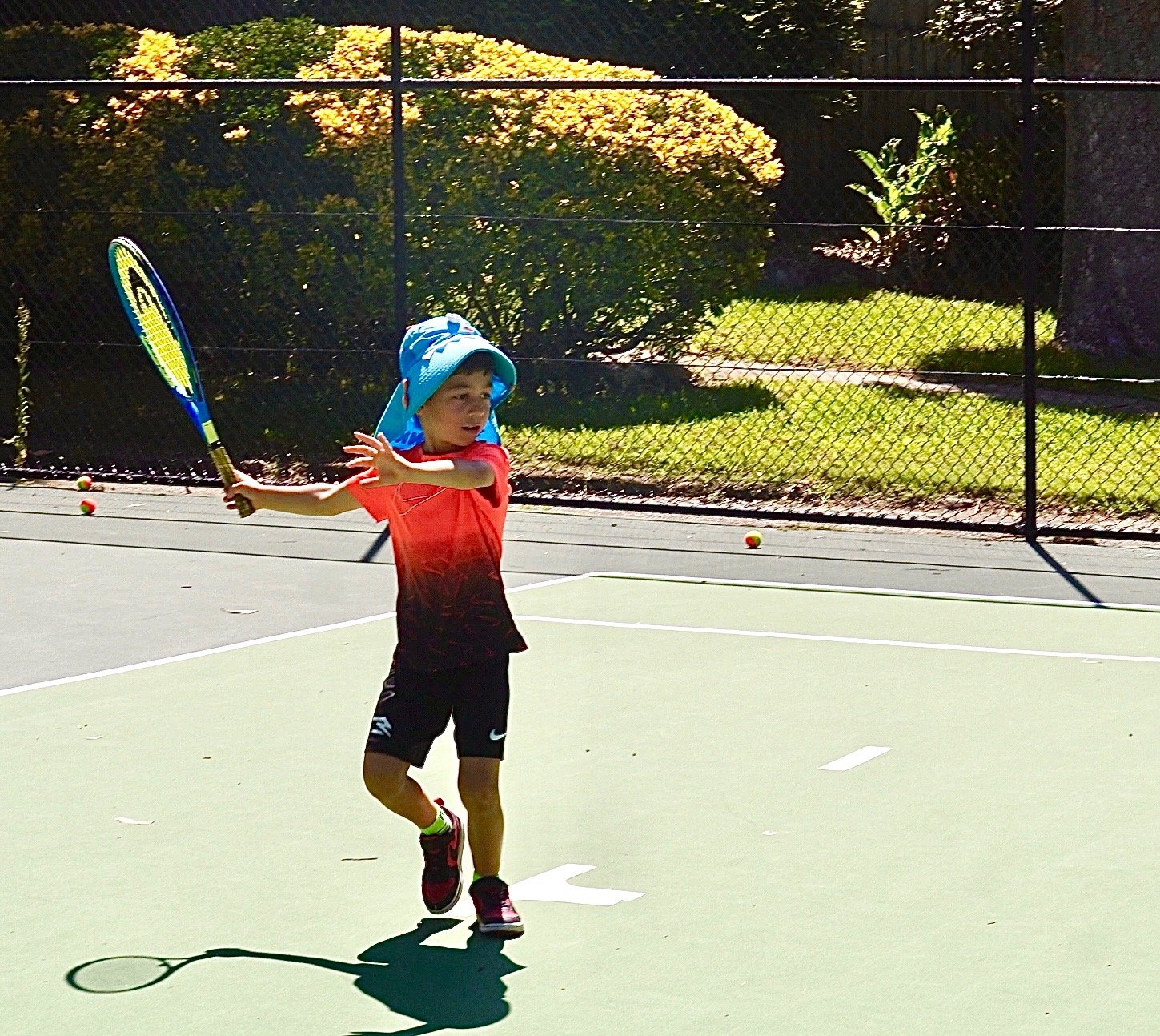How to Track Your Child’s Tennis Progress: A Guide for Parents
As a parent, it’s natural to want to see your child improve in tennis, but understanding their progress isn’t always straightforward. Unlike school subjects, where grades provide clear feedback, tennis development happens in phases and sometimes in ways that aren’t immediately obvious. Here are some key ways to track your child’s progress in tennis and ensure they are moving in the right direction.
1. Watch for Improved Coordination and Movement
One of the first signs of progress in young tennis players is better coordination. At the beginning, children may struggle with basic skills like balancing, moving to the ball, or holding the racquet properly. Over time, you should notice smoother movements, quicker reactions, and better positioning on the court.
2. Observe Rallying Ability
In the early stages, children might only be able to hit the ball a couple of times before it goes out or into the net. As they progress, they will start to rally consistently—hitting the ball back and forth multiple times. A great milestone to look for is when your child can rally with a coach or another player without frequent mistakes.
3. Check Their Confidence and Enjoyment
Progress isn’t just about skill—confidence is key. If your child is excited about playing and willing to try new things without frustration, it’s a good sign they are developing. Watch for improvements in their attitude on the court, their willingness to compete, and how they handle mistakes. A child who is comfortable and enjoying tennis is more likely to stick with it long-term.
4. Notice Their Understanding of the Game
Beyond technique, tennis is about decision-making. As children improve, they begin to understand where to position themselves, when to hit a soft or powerful shot, and how to anticipate their opponent’s moves. Even if they’re not winning every point, an improved ability to think strategically is a strong sign of progress.
5. Look for More Consistent Strokes
Early on, young players often hit the ball inconsistently, sometimes with too much power and other times too softly. Over time, they develop more control over their forehand, backhand, and serve. If you notice their strokes becoming more fluid and controlled, they’re on the right track.
6. Track Competition and Match Play Readiness
If your child is starting to play points or small matches, that’s a big step forward. At first, they may struggle to serve properly or keep score, but with time, they will become more comfortable in match situations. Watch for improvements in their ability to stay focused and compete fairly.
7. Ask Their Coach for Feedback
Your child’s tennis coach is the best person to provide insight into their development. Coaches track improvements in technique, consistency, and tactical understanding. Regularly checking in with the coach can help you understand where your child is excelling and what areas need more work.
8. Compare Over Time, Not Day to Day
Progress in tennis is not always linear. Some days your child may seem to improve, while other days it may feel like they’re struggling. Instead of focusing on daily performance, look at their progress over weeks or months. Are they better than they were three months ago? If so, they are moving in the right direction!
Final Thoughts
Every child learns at their own pace, and the most important thing is that they are enjoying the sport and staying active. By focusing on long-term development rather than immediate results, you’ll help them build confidence and a lifelong love for tennis.
If you’d like to learn more about your child’s tennis journey, feel free to reach out—I’m always happy to help!

